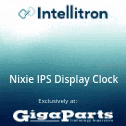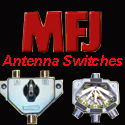FCC Report and Order Posted on New Rules
Discussion in 'Amateur Radio News' started by AA7BQ, Dec 19, 2006.
- Thread Status:
- Not open for further replies.
Page 27 of 31
Page 27 of 31
- Thread Status:
- Not open for further replies.










